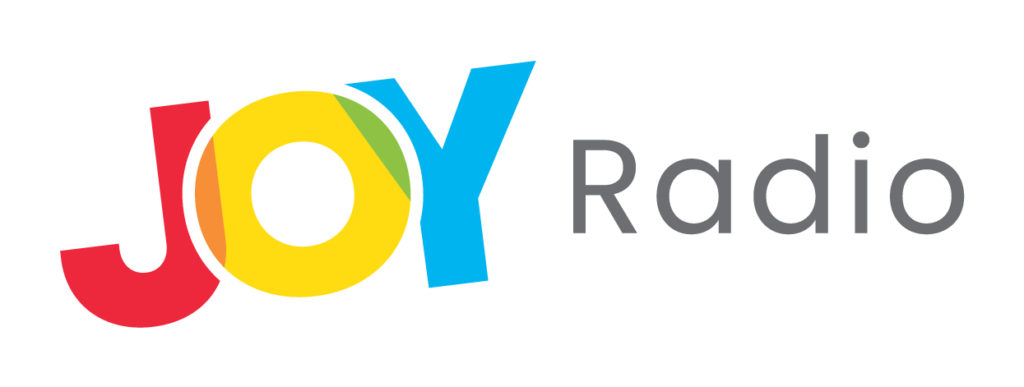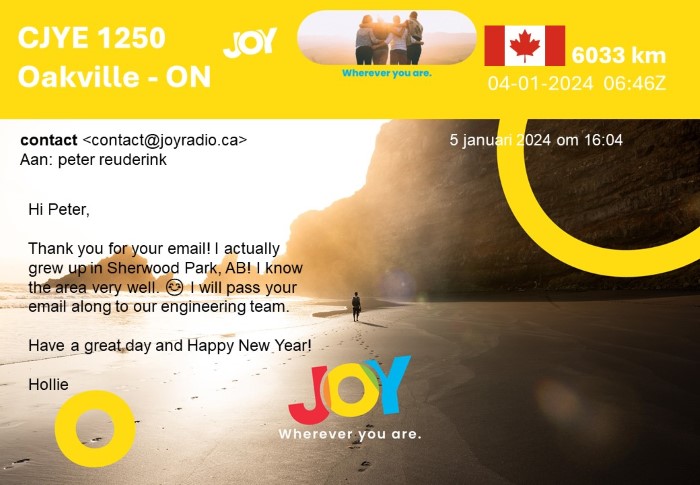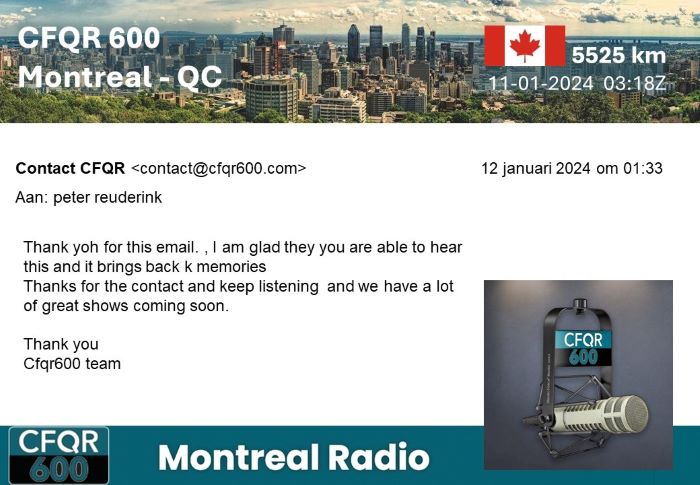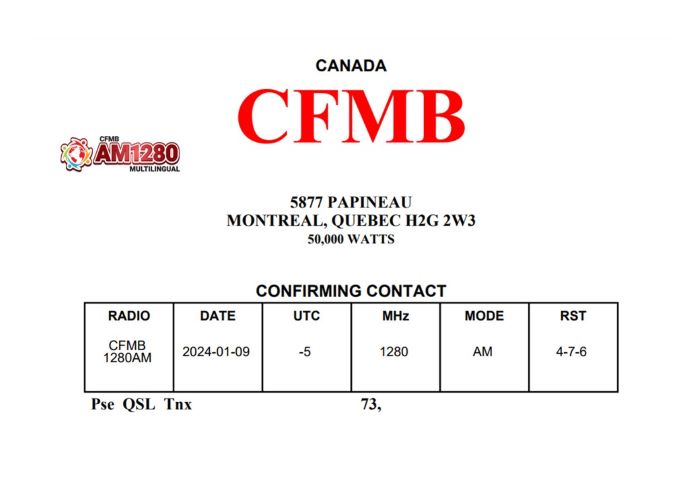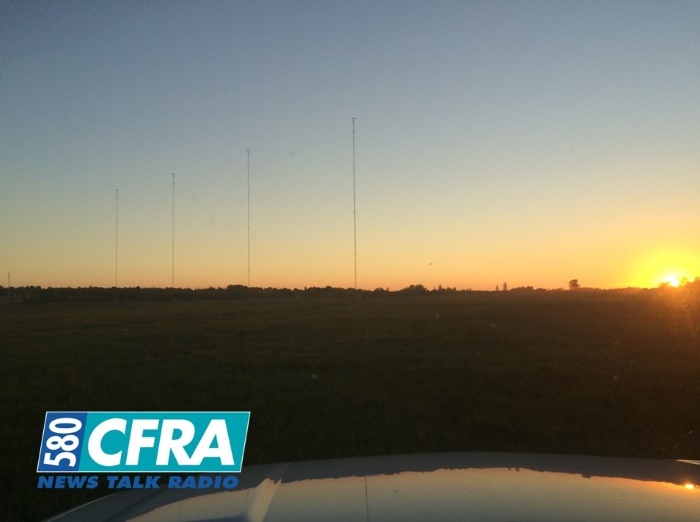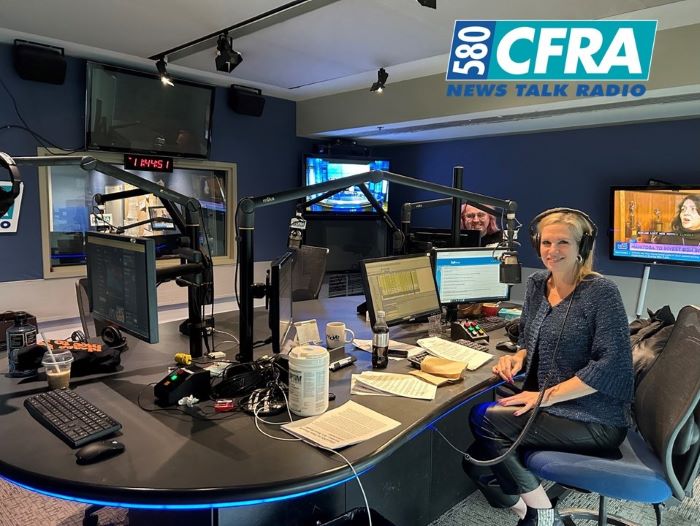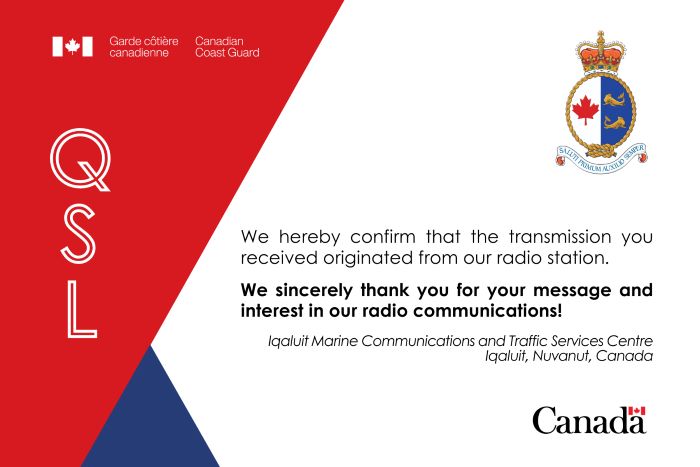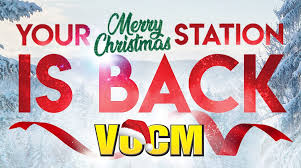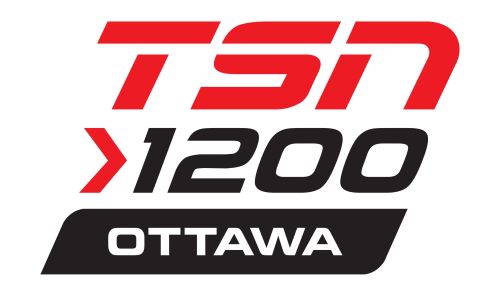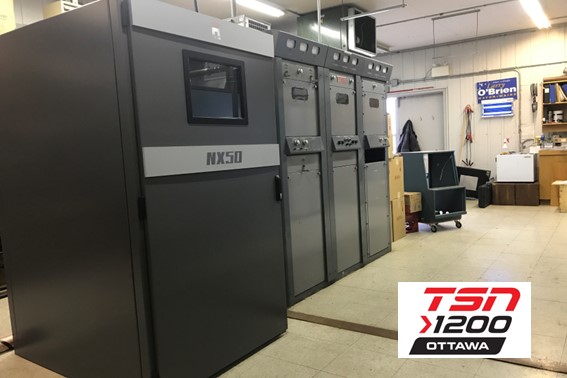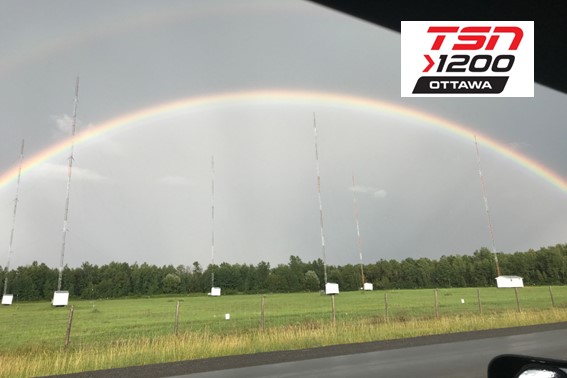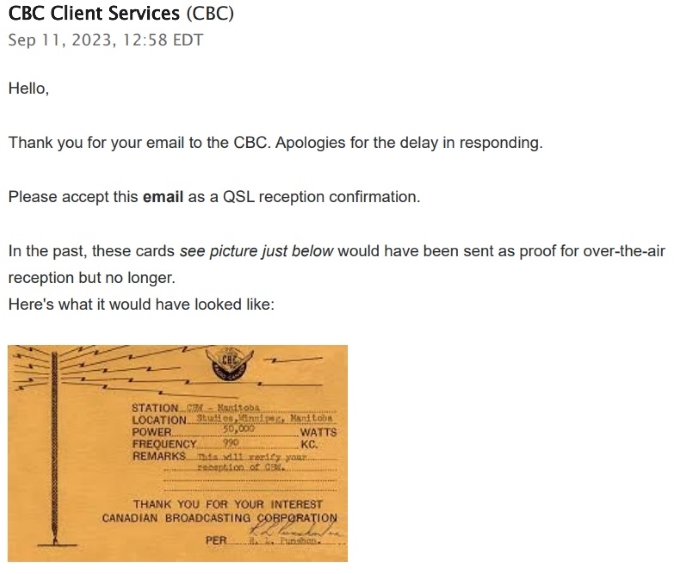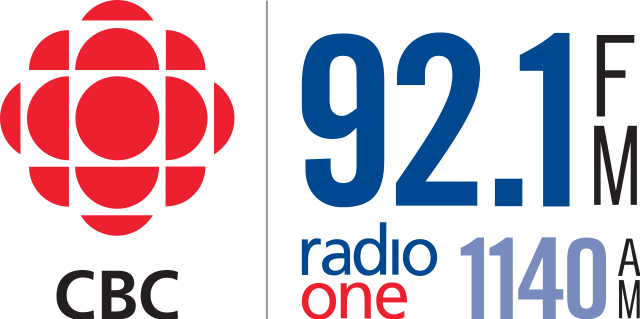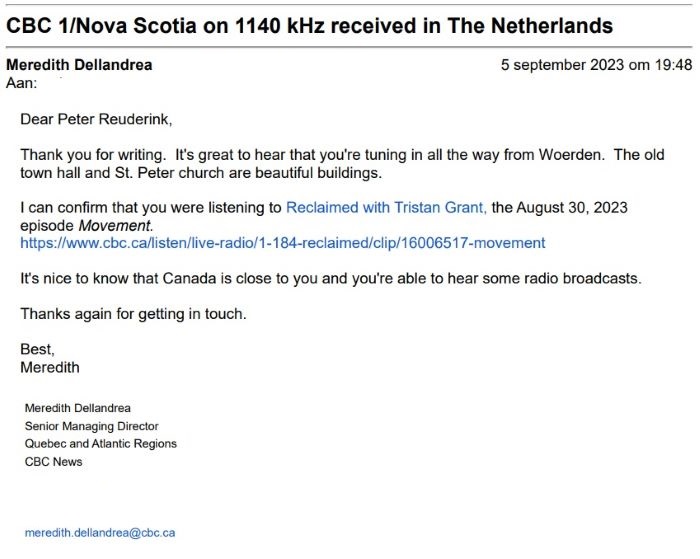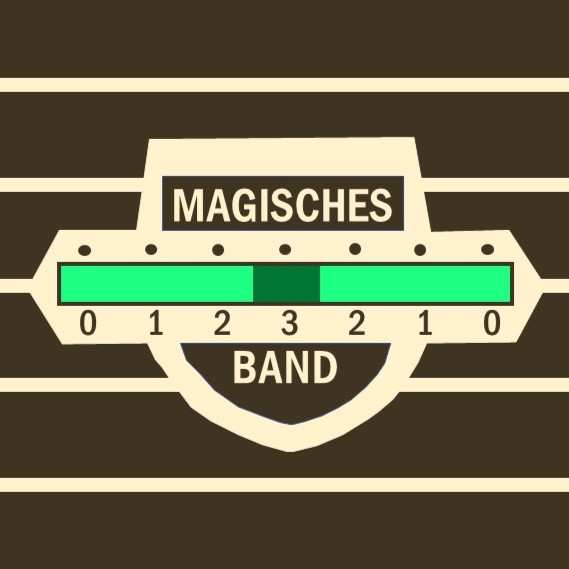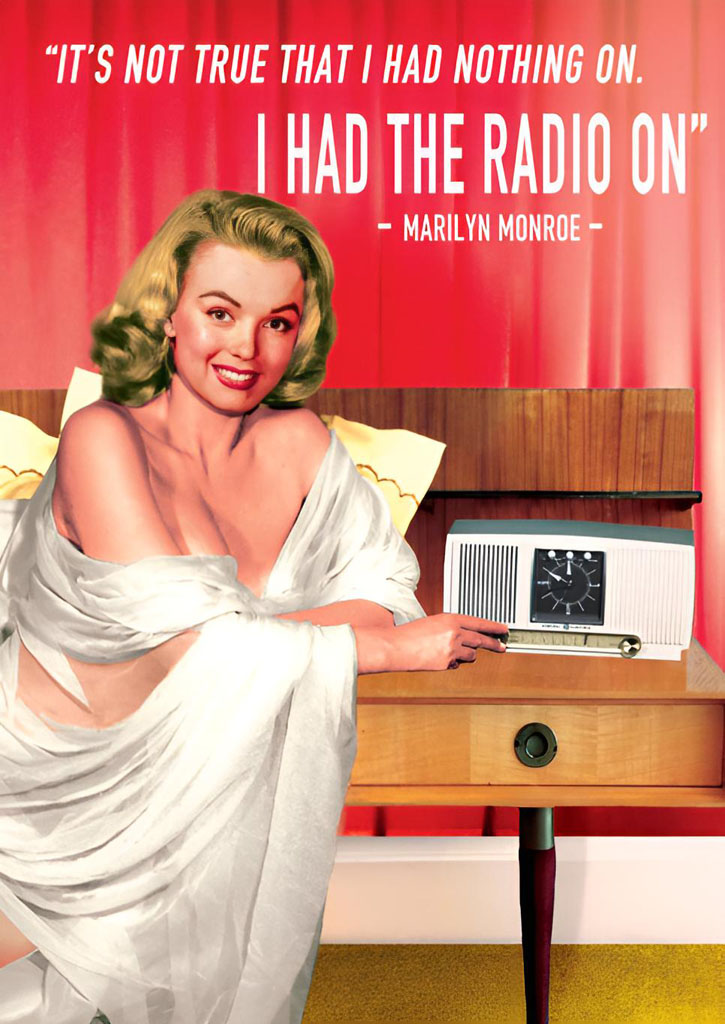Receiving Transatlantic medium wave stations is still one of the nicest aspects of the DX hobby. Rick Furniss, engineer at CFGO was so kind to QSL my reception of CFGO Ottawa, Canada, better known as “TSN 1200”. I heard them with a TSN network program, broadcasting the NFL game between the Las Vegas Raiders and the Detroit Lions.
In his email Rick wrote that he receives more reports for the 50 kW sister station CFRA on 580 kHz, most likely because the antenna direction is more favorable for Europe. So that is another challenge for this winter. Rick also sent two nice pictures with comments which I’d like to share:
“The first is one of the Current Main Tx, a Nautel NX50 sitting beside our old backup Tx a Gates 10kW full tube unit. The Nautel is about 5 years old and the Gates is built in 1962 from a 1959 Gate Corp. drawing. It was removed from service after a small electrical fire in the power supply cabinet about 5 years ago but it worked great right up till then. We have not owned it from new but we did buy it from the station that did. We have it’s complete documentation and log books since the day it went on air, Truly a museum piece today. We also have a Nautel ND50 Tx not shown that is our current backup Tx for this site.” (Photo Rick Furniss)
“The second picture is of the 6 towers in the CFGO antenna array in south Ottawa. I was waiting to go into the site while a thunderstorm passed (It had taken us off the air with an Hydro failure) and I noticed the rainbow.” (Photo Rick Furniss)
A big “thank you” to Rick for the QSL and the nice pictures!
